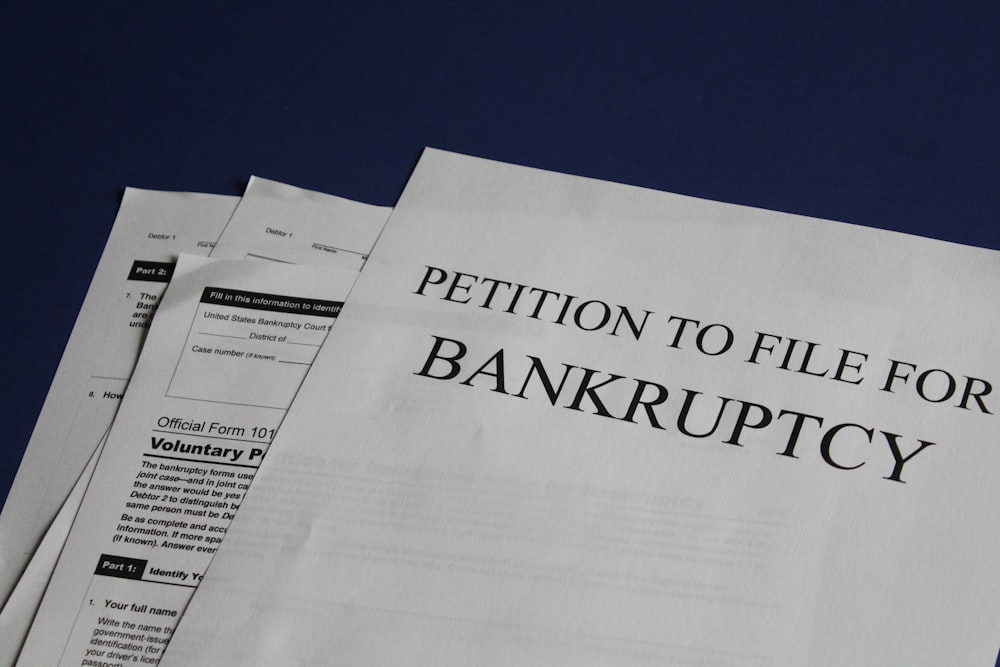Introduction
In the intricate world of legal documentation, compliance stands as a cornerstone for ensuring adherence to regulations, mitigating risks, and upholding contractual integrity. However, achieving compliance in legal documents requires a nuanced understanding of legal intricacies and meticulous attention to detail. Here, we delve into essential guidelines for legal documents compliance, offering insights to navigate this critical aspect of business operations effectively.
Understanding Legal Documents Compliance
Legal documents compliance encompasses the adherence to laws, regulations, and contractual obligations within written agreements. It involves ensuring that all parties involved in the documentation process fulfill their respective duties and responsibilities as stipulated in the documents. Compliance not only ensures the integrity of agreements but also mitigates legal risks and promotes trust among stakeholders.
Clear and Precise Document Drafting
The foundation of legal documents compliance lies in clear and precise drafting. Documents should articulate rights, obligations, and expectations in unambiguous language, leaving no room for misinterpretation. Ambiguities or vague clauses can lead to misunderstandings and disputes. Therefore, drafting documents with meticulous attention to detail and clarity is essential to ensure enforceability and compliance.
Thorough Legal Review and Analysis
Before finalizing any legal document, a thorough legal review and analysis are indispensable. Legal professionals should scrutinize the terms and conditions to ensure compliance with relevant laws, regulations, and industry standards. This includes assessing the legality of document provisions, potential risks, and implications for all parties involved. A comprehensive legal review helps identify any compliance issues early on and mitigates legal risks.
Negotiation and Agreement
During the negotiation phase, parties should engage in constructive dialogue to reach mutual agreement on document terms. Negotiations should focus not only on achieving favorable outcomes but also on ensuring compliance and fairness for all parties. Effective negotiation strategies involve balancing competing interests, clarifying ambiguities, and reaching compromises that align with the overarching goal of legal documents compliance.
Documentation and Record-Keeping
Proper documentation and record-keeping are fundamental aspects of legal documents compliance. All documents, amendments, and communications related to the agreement should be accurately documented and maintained for future reference. This includes maintaining records of document execution, revisions, correspondence, and any changes to the terms of the agreement. A robust documentation system helps demonstrate compliance and provides a clear audit trail in the event of disputes or legal challenges.
Ongoing Monitoring and Compliance Management
Legal documents compliance is not a one-time event but an ongoing process that requires vigilant monitoring and management. Businesses should implement systems and procedures to track compliance with document obligations, deadlines, and performance metrics. This may involve regular audits, performance evaluations, and compliance checks to ensure that all parties are fulfilling their contractual duties as required.
Effective Communication and Collaboration
Communication and collaboration are essential for ensuring legal documents compliance. All parties involved in the documentation process should maintain open lines of communication and collaborate effectively to address any compliance issues or concerns that may arise. Regular meetings, status updates, and proactive communication channels help prevent misunderstandings and promote transparency in contractual relationships.
Adaptability and Flexibility
In the dynamic business environment, adaptability and flexibility are key to maintaining legal documents compliance. Documents should include provisions for addressing unforeseen circumstances, changes in business conditions, or regulatory requirements that may impact compliance. Parties should be willing to adapt and renegotiate document terms as needed to ensure ongoing compliance and mitigate risks effectively.
Training and Education
Investing in training and education on legal documents compliance is essential for all stakeholders involved in the document management and enforcement process. Training programs should cover legal requirements, document obligations, risk mitigation strategies, and best practices for ensuring compliance. By empowering personnel with the knowledge and skills necessary to navigate documents effectively, businesses can enhance compliance and minimize legal risks.
Conclusion
Legal documents compliance is a multifaceted endeavor that requires careful planning, meticulous execution, and ongoing diligence. By adhering to essential guidelines for document drafting, negotiation, documentation, and compliance management, businesses can uphold the integrity of agreements, mitigate risks, and foster trust among stakeholders. With proactive compliance measures in place, businesses can navigate the complexities of contractual relationships confidently and achieve successful outcomes in their operations. Read more about Legal documents compliance
